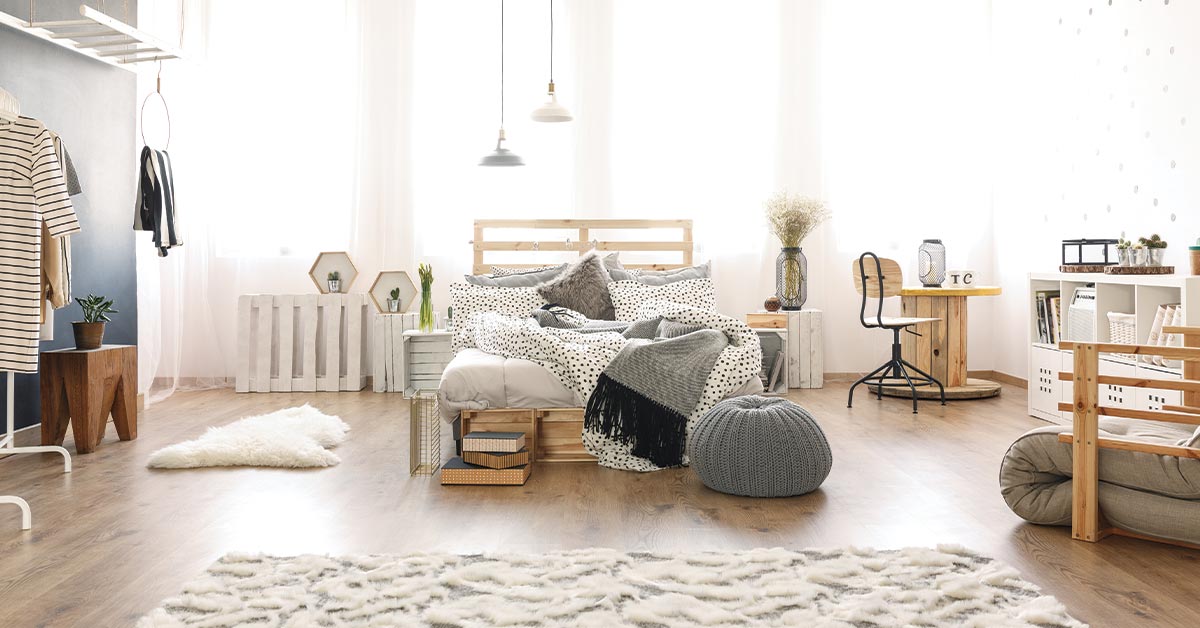Are you in need of extra space to store your furniture? Self-storage units are a popular option, providing a convenient and secure solution. However, storing furniture requires careful consideration to ensure it remains in good condition while in storage. To help you make the most of your self-storage space, here are 5 essential tips for safely storing furniture.
Clean and Prepare Your Furniture
Before storing your furniture, it’s important to clean and prepare it properly. Dust and debris can accumulate over time, leading to damage or even mold growth. Clean your furniture thoroughly, removing any dirt, dust, or stains. Consider using furniture polish to protect the surfaces and keep them in good condition during storage.
Disassemble any furniture that can be taken apart, such as beds, tables, and chairs. Keep all the screws, bolts, and other small parts in a labeled bag to avoid losing them. Taking apart furniture can help save space in your storage unit and prevent any unnecessary stress on the furniture during transport.
Use Proper Protection
To protect your furniture from dust, moisture, and other potential damage, it’s crucial to use appropriate protection. Consider covering your furniture with plastic or cloth covers to shield it from dust and debris. Avoid using plastic sheets directly on wood furniture, as it can trap moisture and lead to condensation, which can cause damage over time. Instead, opt for cloth covers or use breathable furniture covers designed specifically for storage.
For delicate or valuable furniture, such as antiques or leather upholstery, consider using additional protective measures such as bubble wrap, foam padding, or furniture blankets. These extra precautions can prevent scratches, dents, and other damage while in storage.
Choose the Right Storage Unit
Selecting the right storage unit is crucial for the safety of your furniture. Consider the size of the unit and choose one that provides enough space for your furniture without overcrowding. Avoid placing furniture in a unit that is too small, as it can cause damage due to limited airflow or overcrowding.
Opt for a climate-controlled storage unit if possible, especially if you’re storing furniture for an extended period. Climate-controlled units help regulate temperature and humidity levels, providing an ideal environment for furniture storage. Extreme temperature fluctuations and high humidity levels can cause warping, cracking, and other damage to furniture. Additionally, choose a storage unit with proper security measures, such as surveillance cameras, gated access, and well-lit areas, to ensure the safety of your furniture.
Properly Arrange and Stack Furniture
How you arrange and stack your furniture in the storage unit can impact its safety and condition. Place heavier and sturdier items at the bottom to provide a stable base. Avoid stacking heavy items on top of delicate or valuable furniture to prevent crushing or damage.
Leave space between furniture items and the walls of the storage unit to allow for proper air circulation. Avoid placing furniture directly on the floor; instead, use pallets or boards to elevate it and protect it from potential moisture on the floor.
Label your furniture items and create an inventory list to help you locate them easily when needed. Keep a layout plan of your storage unit to make it easier to retrieve specific furniture items without having to move everything around.
Regularly Check and Maintain Your Furniture
Even when stored properly, furniture can still be subject to damage over time. Therefore, it’s essential to regularly check and maintain your furniture in self-storage. Visit your storage unit periodically and inspect your furniture for any signs of damage, such as mold, pests, or water damage. If you notice any issues, address them promptly to prevent further damage.

